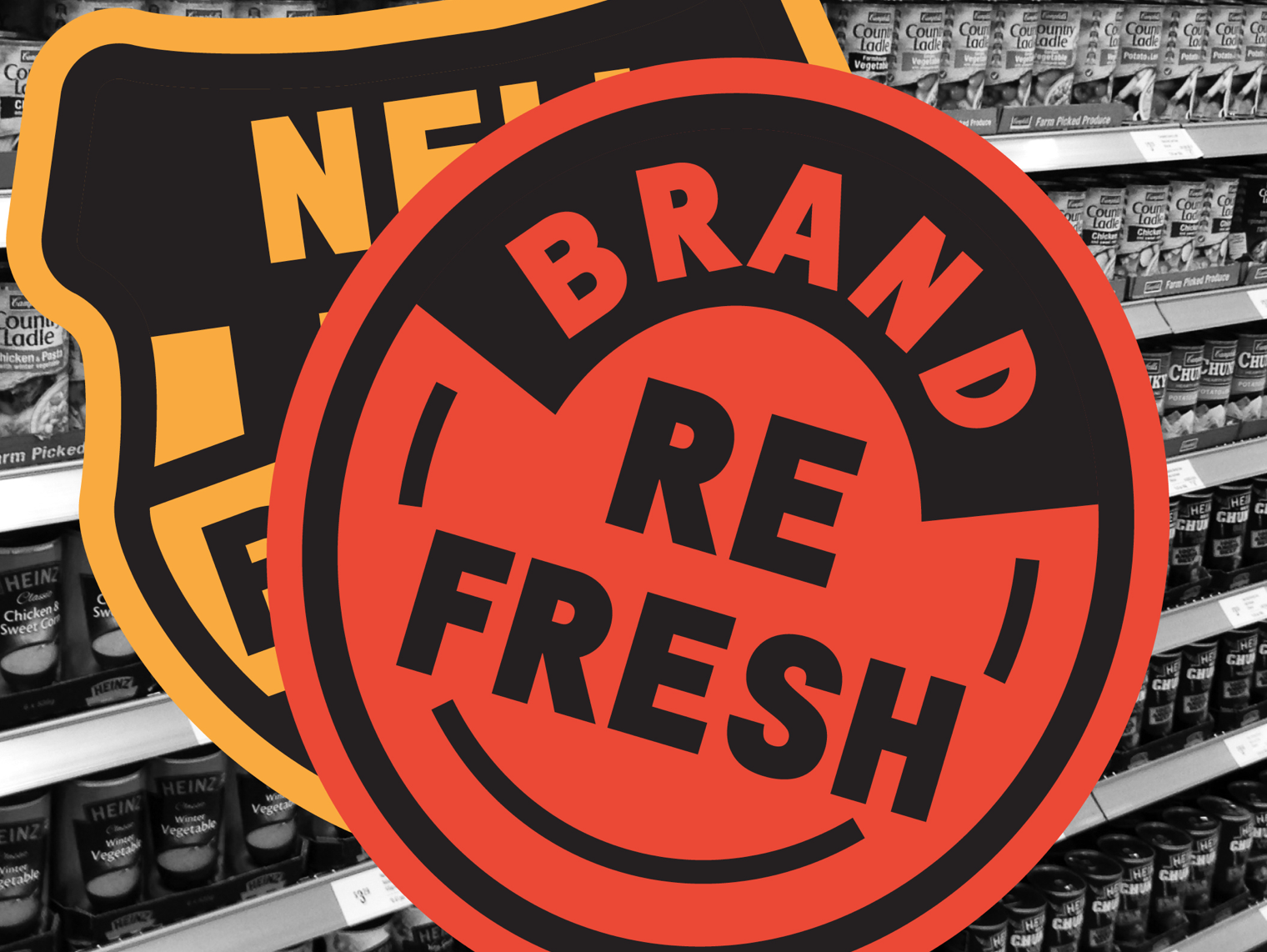The decision to rebrand or refresh is a big one. And it seems that every few months, some major business does this in a way that is either massively odd or totally right.
Think of the outrage provoked in 2017, when the NSW Government proposed ditching the distinctive brand identities for cultural icons such as the Opera House, Taronga Zoo or Australian Museum. All were to be replaced by the NSW Waratah (which thankfully hasn’t happened).
Contrast that with the welcome and highly successful 2014 Airbnb rebrand, which dropped the 70s surfboard-font wordmark. The sophisticated set of brand elements they ushered in – from photography style to written voice – all support a very deliberate brand promise.
Companies should rebrand when they actually want to be known for something new.
Perhaps your revised brand platform reveals that you’re still tracking towards the same goals, and keeping the same customers happy. But 10 years have slipped past and now your website doesn’t have a lead-capture function. Your team page uses a stock photo (gasp). Your social media posts consist of recycled motivational quotes.
Or maybe some competitors have jumped into the space that you initially dominated. Think how Burgerlicious, Huxtaburger and even McDonalds Gourmet Creations have edged into the gourmet space that made Grill’d so unique for so long. Suddenly, customers seem more interested in those cheeky newcomers. Even the media is giving you less attention. This is where some enhancements to the brand identity can spark entire new conversations.
So, when should you keep the original brand elements and when should you turf them completely? It’s a question we take seriously, and which we make our clients work hard to clarify at the start of any such project.
Option #1: The brand refresh
Much of our business comes from the question on whether to rebrand or refresh. In more established businesses, what’s happened is that the brand grew dated over time and management didn’t notice. Now they need it all to change – the website, business materials, content strategy and in fact a surprisingly long list of other pieces.
And so begins the discussion on how to refresh customer perceptions around this brand. Often, there’s no need for a complete change. If your brand has a good strategy it may just need a stylistic update. Think of the meaningful and subtle tweaks made to multinationals such as Mastercard, Citi or Lufthansa. Clutter was reduced, colour palettes modernised and messaging made more compelling.
In younger brands, the focus is more about enriching the brand perceptions rather than changing them. For example, when we first helped our clients Pat and Stick launch, we created a single set of graphics to accompany the wordmark and logo. For the more recent Pat and Stick’s brand refresh, we added a rich palette, graphics, fonts, voice and photography style. For NorthConnex, we again introduced brand elements that add depth and relevance to their government-made wordmark.
Sometimes, though, a brand didn’t stand the test of time. Gumtree’s original brand projected poor customer experience at every turn, from its unappealing fonts to the actual dodgy website security. The old AGL brand just screamed 1960s, from its corporate voice to the clear reliance on fossil fuels.
When there’s a serious need to shift customer perceptions, rebranding starts to look like a good idea. The new Gumtree brand identity now suggests a seamless and user-friendly experience; the new AGL brand implies a modern company with diverse energy sources.
Option #2: The rebrand
As the word might suggest, rebranding is a more intensive exercise. That’s not just because of the work involved in redefining basics, such as the customer promise or market position. There’s also the fact that the best rebrands have an internal culture-building component, where stakeholders are taken along on the journey at every step.
Companies should rebrand when they actually want to be known for something new. Think the Woolworths rebrand of a few years back, when it moved from ‘supermarket’ to ‘fresh food people.’ Or most telcos, now positioned as entertainment or data powerhouses rather than suppliers of sturdy cabling.
Our rebrand for rentals firm Orana came about because the business wanted to tell customers about its industry-leading customer service. Their prices are still low, so the branding had to remain super-simple across exterior touchpoints such as signage and vehicle decals. But close up, we wanted customers to experience the Orana brand of hospitality. To convey this, we used a richer set of graphics across their lounge-inspired reception areas, inspirational messaging and more.
Which direction is right for your business?
First off, understand that both options take time, strategic thinkers and a chunk of time and resources. In fact, the time and cost you’ll need for both exercises are quite similar in scope. (For more guidance on pricing, see our related article on what to invest in your new brand).
Both require your key people to agree on the initial rebrand or refresh strategy and final outputs. Both require you to produce new materials, including new-generation ones that didn’t exist five years ago. And depending on the company size, both exercises can involve a lengthy update of existing assets. That means everything from digital footprints to legacy signage and staff uniforms. Including the old ones that peek out of your favourite company photos.
But most importantly, both the rebrand and refresh require you to craft strong messages to tell your entire team and business networks, once you’re ready to launch. That will give you a nice steady stream of news to pump out to the world after that.



